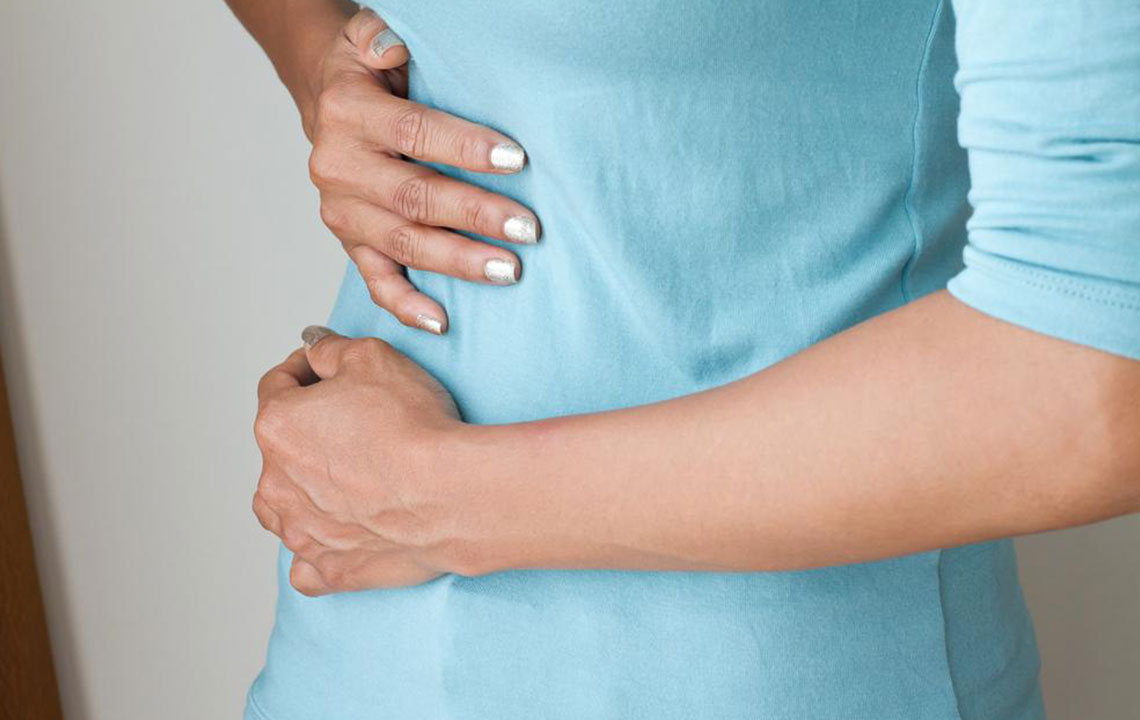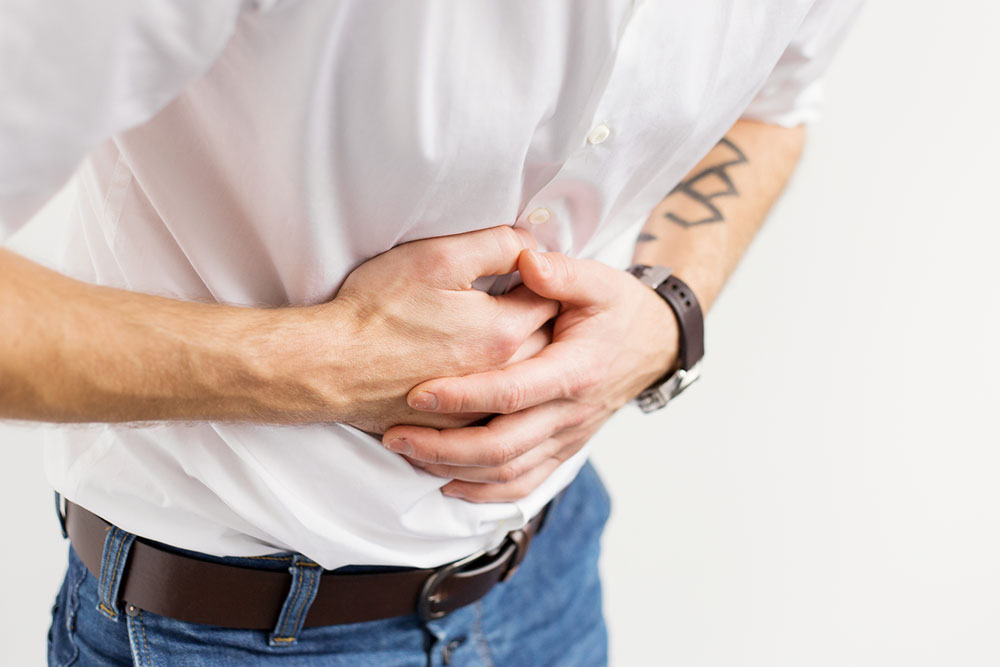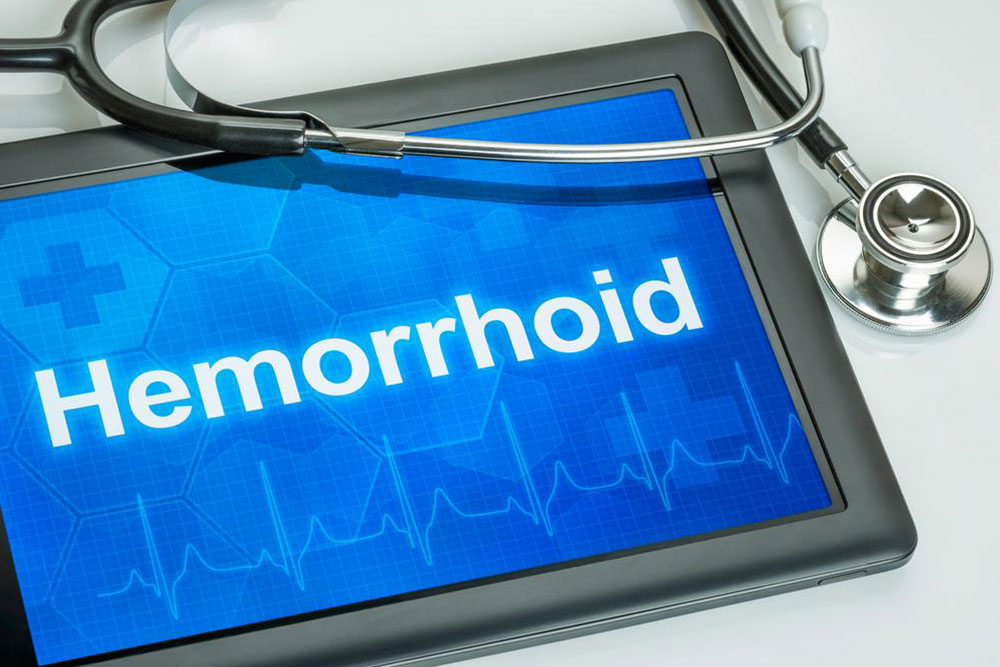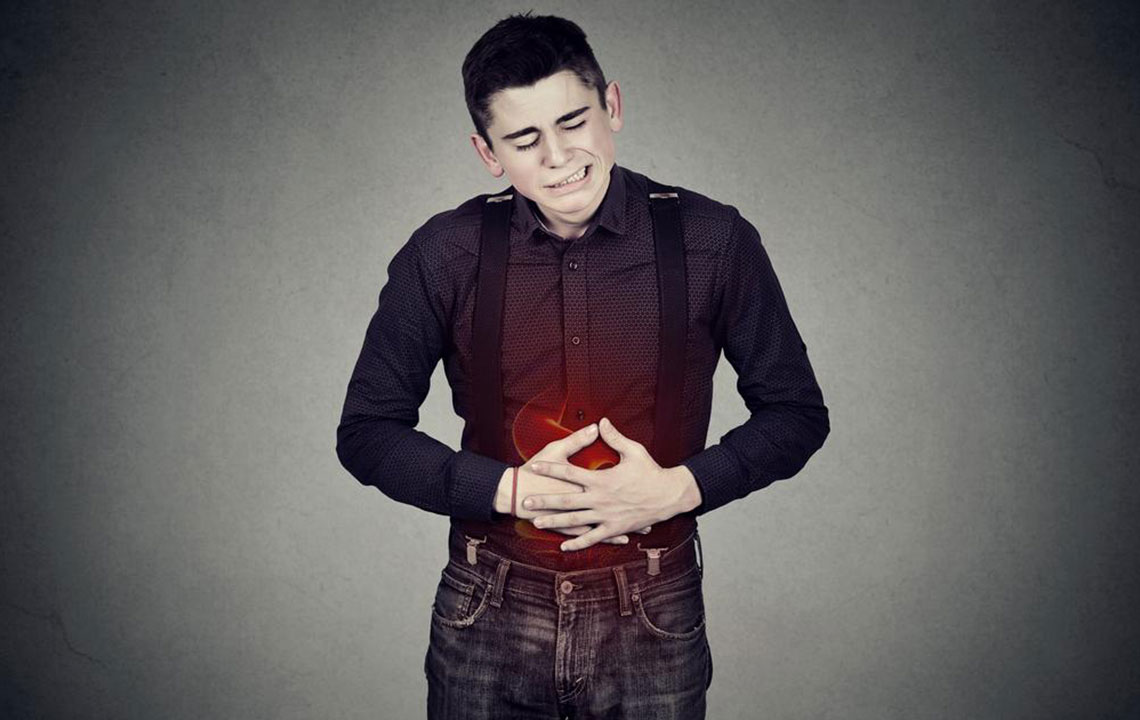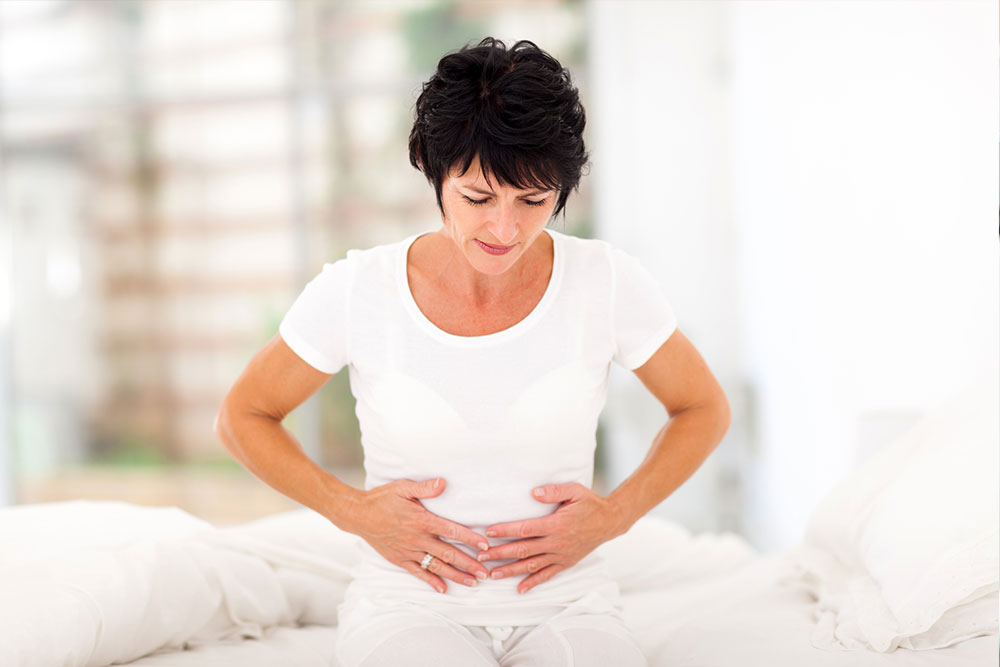Comprehensive Overview of Hemorrhoids: Types, Causes, and Symptoms
This comprehensive guide explores hemorrhoids, detailing their types, causes, symptoms, and effective prevention strategies. Understanding the differences between internal and external hemorrhoids, along with tips to reduce pressure on anal veins, can help manage and prevent this common condition. With insights into lifestyle changes and early treatment, individuals can address hemorrhoids effectively and maintain better anal health.
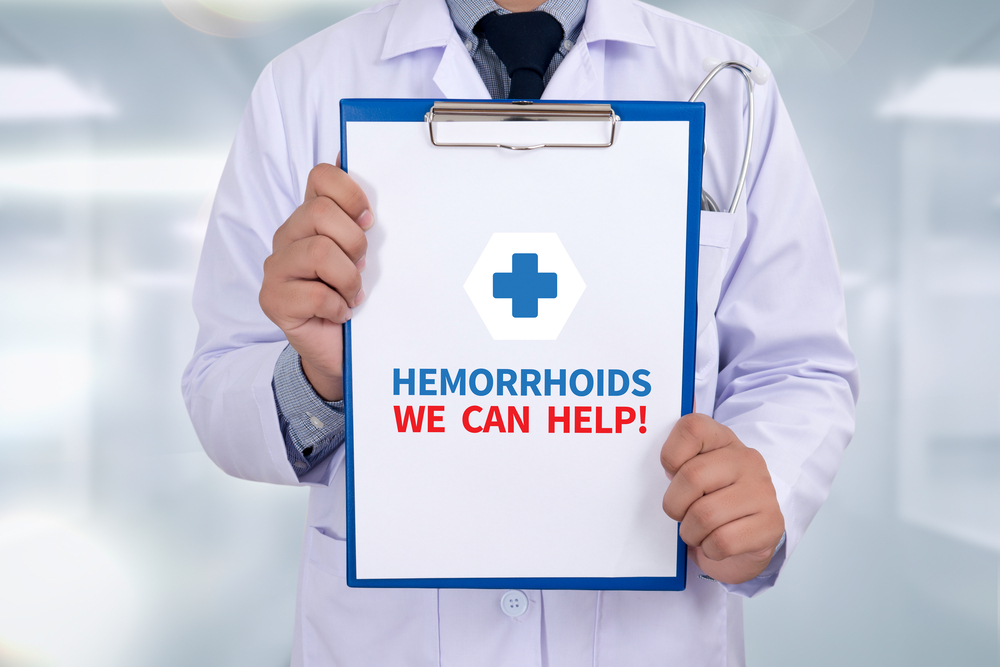
An In-Depth Look at Hemorrhoids: Understanding Types, Origins, and Signs
Comprehensive Overview of Hemorrhoids: Types, Causes, and Symptoms
Hemorrhoids, often referred to as piles, are swollen and inflamed veins located around the anus and within the rectal area. These enlarged blood vessels are a common health issue that many individuals experience at some point in their lives. Hemorrhoids develop when the veins in the anal region become swollen due to increased pressure, leading to discomfort, bleeding, and other symptoms. Despite their often embarrassing reputation, hemorrhoids are generally benign and tend to improve without surgical intervention within a few weeks.
In this article, we delve into the various types of hemorrhoids, explore their underlying causes, and discuss the typical symptoms that signal their presence. Whether you’re concerned about your health or seeking preventive measures, understanding hemorrhoids is key to managing and reducing their impact.
Different Types of Hemorrhoids Explained
Hemorrhoids are classified mainly based on their location relative to the anal canal. The symptoms, severity, and treatment options can vary depending on whether they are internal or external. Recognizing the differences helps in accurate diagnosis and effective management.
Internal Hemorrhoids
Internal hemorrhoids are located inside the rectum, typically above the dentate line, which is the junction inside the anal canal that separates the upper and lower parts. Since this area has fewer pain-sensing nerve endings, internal hemorrhoids are often painless and may go unnoticed until they cause bleeding or prolapse. These hemorrhoids can enlarge and prolapse through the anal opening during bowel movements or straining, producing discomfort and bleeding visible on toilet paper or in the stool.
External Hemorrhoids
External hemorrhoids develop under the skin surrounding the anus, outside the anal opening. Because this area is rich in nerve endings, external hemorrhoids tend to be more painful, especially when irritated or thrombosed (containing a blood clot). Symptoms often include swelling, itching, irritation, and bleeding if the hemorrhoid is damaged or thrombosed.
Thrombosed Hemorrhoids
This condition involves the formation of a blood clot within an external hemorrhoid. It results in a hard, swollen lump that can be painfully tender and inflamed. Thrombosed hemorrhoids can cause rapid onset of severe pain, and treatment may require medical procedures to relieve discomfort and remove the clot.
What Causes Hemorrhoids?
Hemorrhoids form primarily due to increased pressure on the veins around the anus and rectum. Several factors contribute to this pressure, which leads to venous swelling and protrusion. Understanding these triggers can help in both prevention and management:
Straining during bowel movements, often due to constipation or hard stools
Extended periods of sitting on the toilet, increasing anal pressure
Chronic diarrhea or persistent constipation stressing the anal veins
Obesity, which raises intra-abdominal pressure
Pregnancy, due to increased pelvic blood flow and pressure from the growing fetus
Low-fiber diet, resulting in hard stools and straining
Anal intercourse, which can cause trauma to the anal tissues
Age-related weakening of supportive tissue around the anal canal
Recognizing the Symptoms of Hemorrhoids
Symptoms vary depending on the type and severity of hemorrhoids but often include:
Visible bleeding during bowel movements, typically painless, appearing as bright red blood on toilet paper
Itching, irritation, or discomfort in the anal area
Pain or aching sensation, especially with external hemorrhoids or thrombosed cases
Swelling, lumps, or protrusions near the anus that may be tender or sore
Leakage or mucus discharge that causes irritation or skin discomfort
Effective Prevention Strategies for Hemorrhoids
Prevention remains the most effective approach when dealing with hemorrhoids. Adopting healthy lifestyle habits can significantly reduce the risk of developing hemorrhoids or prevent existing ones from worsening. Focus on maintaining soft, well-formed stools and avoiding undue pressure on the rectal veins through these measures:
Consume a high-fiber diet rich in fruits, vegetables, whole grains, and legumes to promote regular, easy bowel movements
Stay adequately hydrated by drinking at least six to eight glasses of water daily to prevent stool hardening and reduce constipation
Engage in regular physical activity, such as walking or aerobic exercises, to optimize bowel function and support healthy body weight
Avoid prolonged sitting, especially on the toilet, which increases anal pressure
Use laxatives cautiously and only under medical supervision, particularly osmotic laxatives, to facilitate bowel movements without over-relying on medications
Listen to your body — do not delay urges to have a bowel movement, as holding in stool can increase straining and pressure
Practice proper hygiene and avoid irritating the anal area with harsh soaps or wipes
In conclusion, understanding hemorrhoids—including their types, triggers, symptoms, and preventive measures—empowers individuals to seek timely treatment and adopt healthier habits. While hemorrhoids are common and manageable, recognizing early signs and making lifestyle adjustments can greatly reduce discomfort and prevent complications.
